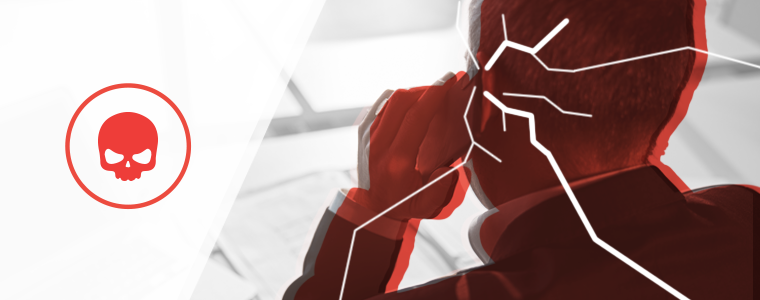Difference Between Managed IT, Cybersecurity Ops & Cyber Governance?
As the COO of your firm, you play a vital role in overseeing the daily business operations and ensuring the efficient functioning of the organization. The responsibility spans far and wide, and technology and cybersecurity play key roles in your daily, monthly, quarterly, and annual routines. Below is a high-level overview of the roles that managed IT, cybersecurity, and cyber governance play and how they can support you in achieving your goals for the business.
What is Managed IT?
Managed IT services involve outsourcing specific IT tasks and responsibilities to third-party service providers. The main objective is to boost the efficiency and effectiveness of an organization’s IT operations while relieving the burden on in-house IT staff. By offloading IT management to experts, firms can concentrate on their core competencies and strategic goals.
As a COO, managing your organization’s IT landscape is crucial to ensure smooth operations. Opting for managed IT services can be highly beneficial as it unlocks several advantages:
- Optimize operations: With proactive monitoring and maintenance, managed IT services minimize downtime and maximize productivity across the company’s IT systems.
- Cost efficiency: Outsourcing IT tasks enables better control and predictability of IT costs, preventing unexpected expenses.
- Focus on core competencies: By entrusting IT responsibilities to a third-party provider, the COO can dedicate more attention to core business functions and strategic initiatives.
What are Cybersecurity Operations?
Cybersecurity Operations focus on protecting computer systems, networks, programs, and data from unauthorized access, attacks, damage, or theft. It is essential to guard sensitive information and maintain the confidentiality, integrity, and availability of data. The key pillars of cybersecurity operations include detection & response, incident response, endpoint detection & response, and a variety of other strategies to fortify against potential threats.
As a top priority for a COO, cybersecurity impacts business operations, reputation, and customer trust. To ensure robust protection against cyber threats, the COO collaborates with IT and security teams on various aspects:
- Risk management: Working with the IT and security teams, they assess and prioritize cyber risks, implement suitable security measures, and establish incident response plans.
- Compliance and legal obligations: The COO partners with legal and compliance experts to guarantee adherence to relevant data protection regulations and industry standards.
- Business continuity: The COO leads the development and testing of disaster recovery plans, ensuring swift and seamless recovery from potential cyber incidents and minimizing operational disruptions.
Pairing managed IT and cybersecurity operations under one roof not only streamlines your company’s computer systems but also forms an unyielding shield against potential cyber threats. As discussed in a recent case study, “cyber risk increases when you separate IT management and security operation.” Data shows that multi-vender scenarios response time takes, on average, 40% longer to resolve than when services are consolidated on a single team. Therefore, consolidating these services within one vendor is essential to decreasing the response time in detecting, combating, and recovering from cyber-attacks.
What is Cybersecurity Governance?
Cybersecurity Governance encompasses the establishment and oversight of policies, processes, and structures to ensure an organization’s cybersecurity strategy aligns with its overall business objectives. It entails defining responsibilities, managing risk and potential cyber threats, and ensuring compliance with regulators.
For a COO, implementing effective cyber governance practices is essential for syncing cybersecurity strategies with the organization’s business goals and fosters accountability. This significant principle drives proper cybersecurity management by focusing on the following:
- Policy development: Collaborating with IT and security teams to create clear and comprehensive cybersecurity policies and procedures, guiding employees on the best practices to follow.
- Resource allocation: Allocating appropriate resources and budgets to support cybersecurity initiatives and projects so that the organization’s defenses are well-equipped.
- Employee training: Encouraging cybersecurity awareness training for all employees, cultivating a security-conscious culture within the organization, and empowering the workforce to protect against potential threats.
Conclusion
The effectiveness of combining managed IT services and cybersecurity operations presents a powerful solution for COOs, empowering them to optimize IT management, bolster security measures, and efficiently drive their organization forward. Paired with a comprehensive approach to cybersecurity governance, COOs can lead their firms toward a secure and successful future in today’s ever-evolving digital landscape.
Share post
Featured Posts
Connect with us.
Need a solution? Want to partner with us? Please complete the fields below to connect with a member of our team.




